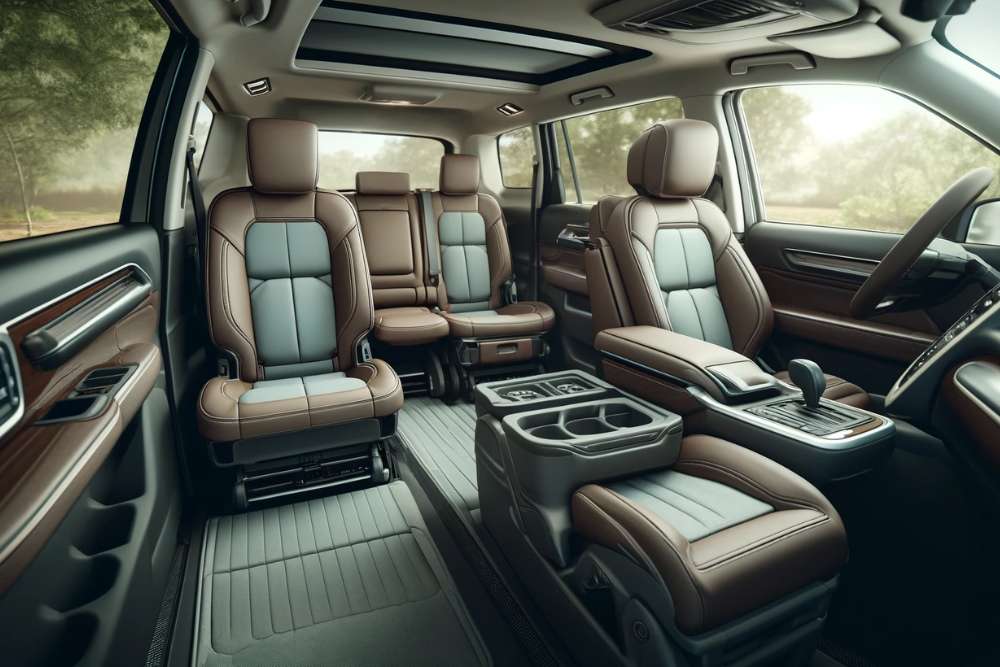Exploring the Benefits of Living in Tiny Houses
The tiny house movement has gained significant momentum in recent years as more people seek simpler, more affordable, and environmentally friendly living options. These compact dwellings, typically ranging from 100 to 400 square feet, offer a minimalist lifestyle that contrasts sharply with the traditional American dream of large homes. Beyond just being a trendy housing alternative, tiny houses provide numerous practical advantages that appeal to various demographics—from young professionals to retirees looking to downsize.

Financial Freedom Through Affordable Tiny Houses
One of the most compelling benefits of tiny house living is the significant financial relief it provides. Traditional homes in the United States cost an average of $374,900 as of 2023, while affordable tiny houses can range from $20,000 to $100,000 depending on customization, materials, and whether they’re self-built or professionally constructed. This dramatic price difference eliminates or substantially reduces mortgage payments, allowing owners to allocate funds to experiences, savings, or investments rather than housing debt.
Beyond the initial purchase price, tiny houses continue to deliver financial benefits through reduced utility bills. With less space to heat, cool, and illuminate, many tiny homeowners report utility costs as low as $25-$35 per month—a fraction of what traditional homeowners pay. Property taxes are similarly reduced due to the smaller footprint and lower assessed value. For many residents, this financial breathing room facilitates earlier retirement, greater travel opportunities, or the pursuit of passion projects without the burden of excessive housing costs.
Environmental Impact of Budget-Friendly Tiny Homes
Tiny houses represent a meaningful step toward sustainable living. Their small size naturally reduces the materials required for construction—typically just 10-20% of what’s needed for a conventional home. This reduction in building materials translates directly to a smaller carbon footprint during the construction phase. Many budget-friendly tiny homes also incorporate sustainable building materials like reclaimed wood, recycled insulation, and eco-friendly finishes, further minimizing environmental impact.
The operational environmental benefits are equally impressive. Tiny houses require significantly less energy to maintain comfortable living conditions. Many tiny homeowners embrace renewable energy sources like solar panels, which can be particularly cost-effective given the reduced energy demands. Water usage in tiny homes is typically 10-15% of conventional homes, and many incorporate composting toilets and greywater systems that further reduce environmental impact. For environmentally conscious individuals, tiny houses offer a housing solution that aligns with their values while remaining financially accessible.
Simplified Living with Cheap Small House Kits
The tiny house lifestyle inherently promotes minimalism, which many residents find liberating rather than restrictive. With limited space, homeowners must thoughtfully consider each possession, leading to more intentional consumption patterns and less accumulation of unnecessary items. This simplified approach to material possessions often translates to reduced stress and increased focus on experiences rather than things.
Cheap small house kits make this lifestyle more accessible by offering pre-designed, partially prefabricated housing solutions that can be assembled with minimal construction experience. These kits typically include the structural components, insulation, doors, windows, and sometimes interior finishes—allowing for substantial cost savings compared to conventional construction methods. Companies offering these kits frequently provide detailed assembly instructions, support resources, and customization options to ensure the finished home meets the owner’s specific needs and aesthetic preferences.
Cost Analysis: What to Expect When Building or Buying a Tiny House
Understanding the real costs involved in tiny house living is essential for proper planning. The price ranges widely based on several factors, including construction method, materials quality, and whether you’re building yourself or hiring professionals.
| Tiny House Option | Average Cost Range | Key Features |
|---|---|---|
| DIY Tiny House | $15,000 - $40,000 | Complete customization, lower costs, requires skills and time |
| Small House Kit | $25,000 - $80,000 | Partial prefabrication, moderate DIY requirements, faster completion |
| Professionally Built Tiny House | $60,000 - $150,000 | Turnkey solution, higher quality finishes, warranties included |
| Tiny House Shell | $20,000 - $50,000 | Exterior completed, interior DIY, balance of cost and customization |
Prices, rates, or cost estimates mentioned in this article are based on the latest available information but may change over time. Independent research is advised before making financial decisions.
Beyond the initial purchase price, prospective tiny homeowners should consider additional costs such as land purchase or rental, utility hookups or off-grid systems, permits and zoning compliance, transportation costs for mobile tiny houses, and ongoing maintenance. While these costs are typically lower than for traditional homes, they remain important considerations in the overall financial picture.
Space Optimization and Design Innovation
Despite their small footprint, well-designed tiny houses maximize functionality through clever storage solutions and multi-purpose features. Popular space-saving elements include stairs with built-in drawers, murphy beds that convert to desks or dining tables, and foldable or nesting furniture. Vertical space utilization is particularly important, with many designs incorporating lofted sleeping areas, high shelving, and ceiling storage.
The constraints of tiny house design have sparked remarkable innovation in the housing industry. Furniture manufacturers now offer specialized compact appliances and transformable pieces specifically for small spaces. Smart home technology allows tiny house dwellers to control multiple systems from single interfaces, further enhancing efficiency. Many tiny homes also feature large windows, glass doors, and outdoor living spaces that create a sense of openness despite the limited square footage.
Community and Lifestyle Benefits
The tiny house movement has fostered vibrant communities of like-minded individuals who share values of sustainability, financial responsibility, and intentional living. Tiny house villages and communities have emerged across the country, offering residents the benefits of shared resources and social connections while maintaining personal space. These communities often include common houses with larger gathering spaces, gardens, and utilities that complement the simplified private dwellings.
Many tiny house dwellers report that their housing choice has enabled greater freedom to pursue meaningful experiences. With reduced financial pressure and maintenance responsibilities, residents can dedicate more time to relationships, travel, creative pursuits, and community engagement. This shift in priorities from material accumulation to experience-focused living represents perhaps the most significant benefit of the tiny house lifestyle—one that transcends the physical structure itself.




